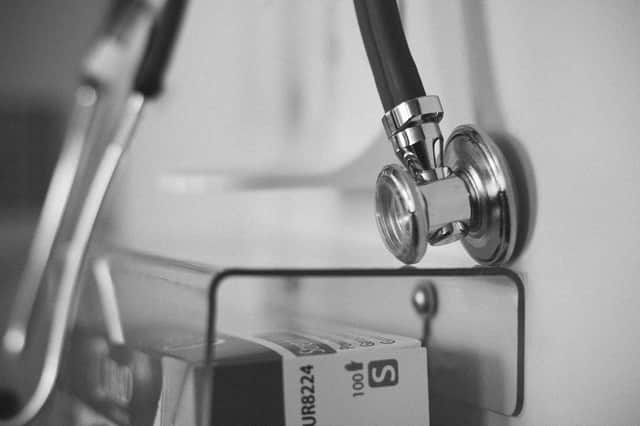Pandemic accelerates online healthcare in Northumberland


There was already a move towards using modern technology to connect patients and doctors before Covid-19, but the pandemic has clearly lifted it much higher up the agenda and required it to be introduced more quickly and on a much wider basis.
It was the focus of the two guest speakers from Northumbria Healthcare NHS Foundation Trust at this year’s annual meeting of Healthwatch Northumberland – the independent champion for users of health and social care.
Advertisement
Hide AdAdvertisement
Hide AdPublic health consultant Judith Stonebridge told the online event on Wednesday, October 21, that from April to September this year, 51.2% of the hospital trust’s appointments were non-face-to-face, compared with 7.2% last year. This meant that there were 1,328,037 miles less travelled by patients.
Referring to a survey carried out before coronavirus in December 2019 and January 2020, she said that a large majority of respondents had travelled more than 20 minutes each way, but almost half had 10 minutes or less with their clinicians.
At that point, 41% of respondents said they were amenable to non-face-to-face appointments, although people were slightly more favourable to phone than video.
Ms Stonebridge also highlighted that non-face-to-face consultations had so far resulted in lower rates of non-attendance.
Advertisement
Hide AdAdvertisement
Hide AdLooking at the first six months of this year, at the peak, 24% of face-to-face but only 1% of non-face-to-face appointments were non-attendees. By June, face-to-face had dropped to 11%, but non-face-to-face remained lower at 5%.
“We are really measuring ourselves quite hard against this,” she said, explaining that bosses are monitoring activity, performance data, staff and patient feedback, access and uptake, and trying to improve communications.
Feedback from the public so far suggests that the main concerns are delays and waiting times, and process issues, while staff highlighted that there were key benefits for patients, but that it doesn’t save time or resources. Both groups pointed out that one size doesn’t fit all.
Dr Alistair Blair, a Northumbria Healthcare medical director and a GP in Northumberland, said: “At the height of Covid, people were feeling that there was a little bit of resistance from some GP practices to see people face-to-face, but I think that’s died off latterly as people have got more confident with the infection-control measures in practices.
Advertisement
Hide AdAdvertisement
Hide Ad“There are a number of people who are still very reluctant to leave their houses, we have people unfortunately presenting quite late with significant physical problems, people not keen to come even for things like flu jabs or blood tests, which I do worry about.
“That could penalise their own health and actually the risks of Covid are probably not nearly as big as the risks of a known health problem not being adequately monitored, so we need to think about that.
“What we should think about with all of the digital models is they should all be in addition to face-to-face, where face-to-face is needed.”